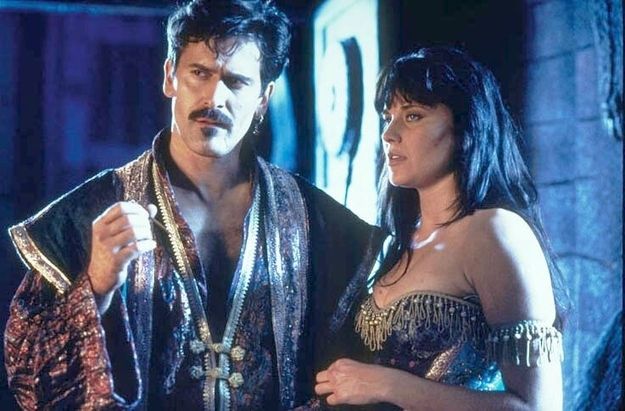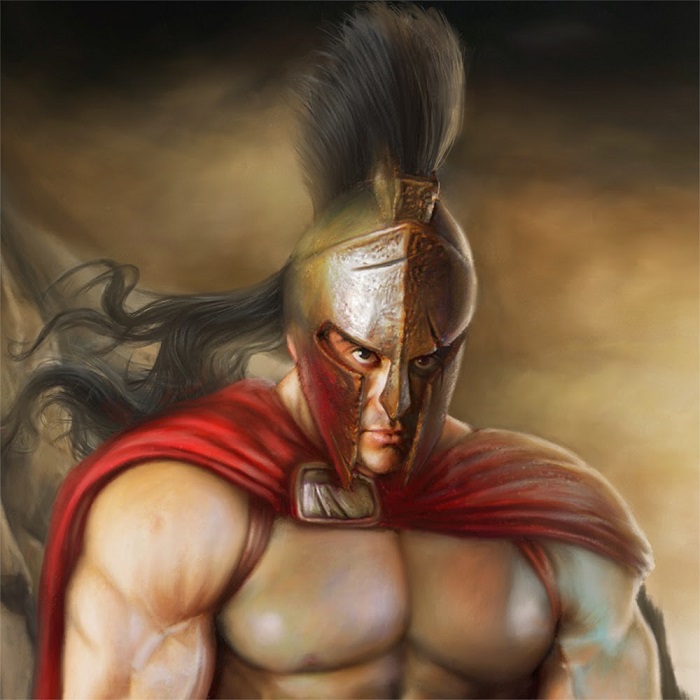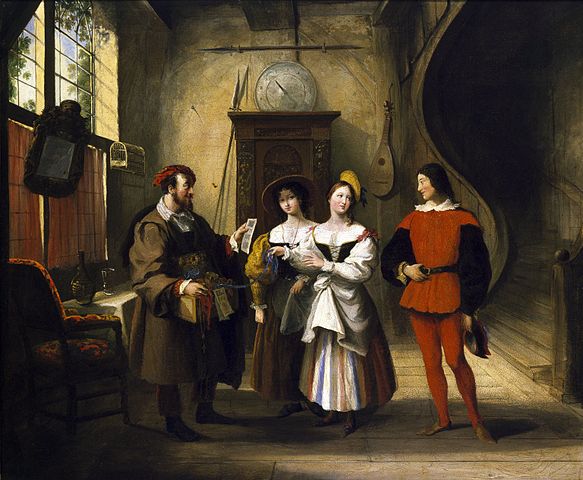
Autolycus (thief)

Autolycus (Ancient Greek: Αὐτόλυκος, meaning: "the wolf itself") was a legendary thief in Greek mythology, and a man who was named as the grandfather of the Greek hero Odysseus.
There are a number of different accounts of the birth of Autolycus. According to most, he was the son of Hermes and Chione or Philonis.
In Ovid's version, Autolycus was conceived after Hermes had intercourse with the virgin Chione. Pausanias instead states that Autolycus' real father was Daedalion.
In some accounts, his mother was also called Telauge.
Depending on the source, Autolycus was the husband of Mestra (who could change her shape at will and was a daughter of Erysichthon), or of Neaera, or of Amphithea.
He became the father of Anticlea (who married Laertes of Ithaca and was the mother of Odysseus) and several sons, of whom only Aesimus, father of Sinon was named.
Autolycus' other daughter was Polymede, mother of Jason, the famous Argonaut who led a group of men to find the coveted Golden Fleece.
A different Autolycus, the son of Deimachus, was a part of the Argonauts who went on the journey to find the fleece.

AUTOLYCUS SON OF HERMES
Daedalion, the son of Hesperus, had a beautiful daughter called Chione (also known as Philonis), a daughter who had many suitors; with possibly as many as a thousand men lined up to marry her. The beauty of Chione though did not just attract mortal men, for the gods Hermes and Apollo also desired her.
The pair of gods decided to act upon their desires, but whilst Apollo decided to wait until night time, Hermes did not wait, and had his way with Chione, later, Apollo would also sleep with Chione. As a result, Chione fell pregnant with two sons, Autolycus the son of Hermes, and Philammon, son of Apollo.
Autolycus and Philammon would shortly lose their mother though, for Chione boasted of her superiority to Artemis, for she was desired by so many, and an angry Artemis killed Chione with her arrows.
AUTOLYCUS THE MASTER THIEF
It was said that Autolycus inherited many skills from his father Hermes, for Autolycus became a master thief and highly adept in trickery. Hermes was said to have also given Autolycus the ability to change his own appearance, and also the appearance of anything that he stole, a very useful ability for a thief.
For example, he was given the gift that his thievery could not be caught by anyone while he also had a helmet to make him invisible; as well as, the skill with the lyre and gracious song (in a sense, being able in mesmerizing people).
AUTOLYCUS ON MOUNT PARNASSUS
Autolycus would then reside upon Mount Parnassus, where he would find himself a suitable wife.
Various names are given for the wife of Autolycus, including Amphithea, Neaera and Mesta, but in any case, Autolycus would become father to two daughters, Anticleia and Polymede.

AUTOLYCUS THE THIEF
Autolycus would then be a figure who appears on the periphery of several myths.
When Heracles was in dispute with Eurytus, about the marrying of Iole, some cattle went missing from the king’s herd, and Eurytus blamed Heracles for the theft, but in all probability it was Autolycus who had stolen the stock. Iphitus, the son of Eurytus, asked Heracles to assist in the search for the cattle, but Autolycus had hidden his tracks too well.
AUTOLYCUS AND SISYPHUS
Autolycus also appears in another story of missing cattle, for Autolycus was a neighbour of King Sisyphus, and as Autolycus’ herd grew in size, so that of Sisyphus decreased. Autolycus had changed the appearance of the stolen cattle, and so the theft could not be proved.
Sisyphus though, was as crafty as Autolycus, and the king cut his mark into the hooves of his remaining cattle, and when more cattle went missing, Sisyphus found them in the herd of Autolycus, despite the change in appearance.
In revenge, Sisyphus would have his way with the daughter of Autolycus, Anticleia. Anticleia though, would shortly afterwards marry Laertes, the king of the Cephallenians, and so there was a dispute about who was the father of Anticleia’s son, Odysseus, was it Laertes or Sisyphus?

AUTOLYCUS AND ODYSSEUS
It was said though that Autolycus was the one who named the son of Anticleia Odysseus, for Autolycus had visited his daughter and Laertes on Ithaca, shortly after the birth of their son.
Autolycus also appears in a story about the young Odysseus, for it was Laertes who instructed Odysseus in the art of the hunt, and one day Odysseus would come across a wild boar, which would result in Odysseus receiving a scar, but also the prize of one dead boar.
OTHER GRANDSONS OF AUTOLYCUS
Virgil also names Aesimus as a son of Sisyphus and grandson of Autolycus, which would make the Greek hero Sinon a nephew of Odysseus.
Likewise, it is also stated in some sources that Jason was a grandson of Autolycus born to Autolycus’ daughter Polymede and her husband Aeson.

AUTOLYCUS THE ARGONAUT
Autolycus is often found in the list of Argonauts, although it is probable that the Autolycus who sailed on-board the Argo was not the master thief, but a hero of the same name from Thessaly.
This secondary Autolycus was a companion of Heracles in other adventures, and if the genealogy given for Autolycus, the son of Hermes, then an age discrepancy would occur with Autolycus being the grandfather of Jason. It was also the secondary Autolycus, who probably taught Heracles how to wrestle.

Sources
Apollodorus. Bibliotheke I, ix, 16; II, iv, 9; vi, 2.
Ovid. Metamorphoses XI, 301-17;
Homer. Iliad X, 265-271.
Homer. Odyssey XI, 84-6; XIX,395-566.
Hyginus, Fabulae
Homer, Odyssey
Ovid, Metamorphoses
Pausanias, Description of Greece
Aeschylus, Fragments
Apollodorus, The Library
Homer, Iliad
Apollonius Rhodius, Argonautica
Pausanias viii. 4. § 3
Odyssey xix. 394, &c.
"Wikipedia"
"Greek Legends and Myths"
Our Mobile Application
Check out Our Mobile Application "Ancient Greece Reloaded"


